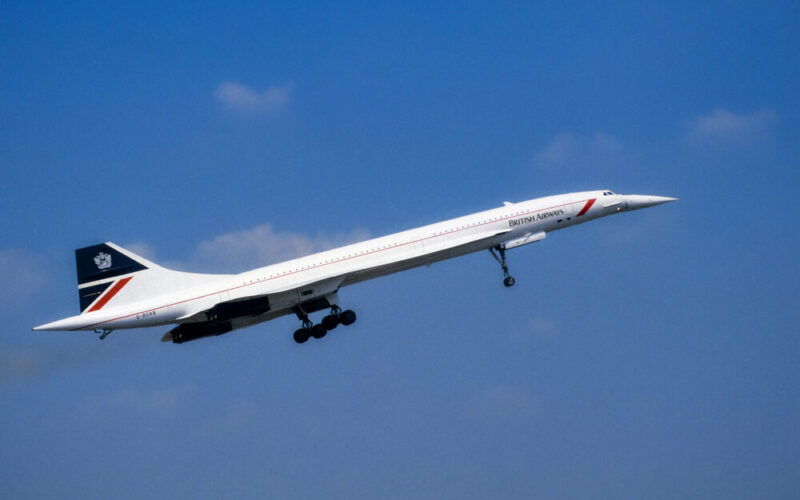When Concorde took off on its first flight in 1969, and subsequently on its first commercial flight in 1976, the supersonic airliner showcased that anything is possible. While the financial success of the Concorde can be disputed, there is no denying that the aircraft is still an icon to this day. Its slick lines, the iconic droop snoot and the magnificent roar of the Olympus 593 engines redefined air travel up until 2003 when the joint-British and French-built jets were put to rest and grounded permanently.
For some, though, the aircraft did not only redefine air travel but also their careers. One prominent example is Barbara Harmer, who left school at 15 and became a trainee hairdresser. A few decades later, she became the first woman to pilot Concorde, after obtaining her type rating on the supersonic jet on March 25, 1993.
Harmer’s journey to becoming the first female pilot of the supersonic airliner was not easy; after leaving school at an early age, her options were fairly limited. However, Harmer became bored with working as a hairdresser, a job she did for five years. She took upon to become a Trainee Air Traffic Controller and obtained her A-levels in Geography, English Law, Constitutional Law and Politics.
She worked as a controller at London Gatwick Airport (LGW), starting her career off in aviation. However, the ambitions were to go much higher. She began taking flying lessons to obtain her Private Pilot’s License (PPL) and eventually started working as a flight instructor at Goodwood Flight School. Barbara’s ambitions did not stop there. Having taken an $11,700 (£10,000) bank loan, Harmer embarked on the journey to obtain her Commercial Pilot’s License (CPL), which she completed in May 1982.
First commercial pilot jobs
While it took over 100 job applications to finally get a job with Genair, a small regional airline that went bust in 1984, it was only the start of her career as a pilot. The same year that Genair said its goodbyes, Barbara landed at British Caledonian. She flew the BAC One-Eleven, a British-made short-range jetliner. Harmer was behind the yoke of the 1-11 for three years, before moving onto the tri-engine McDonnell Douglas DC-10, flying long-haul routes for British Caledonian out of LGW.
Four years after she joined British Caledonian, British Airways took over the airline as the former entered financial headwinds. By that time, Concorde‘s were flying 12 years already: out of around 3,000 of British Airways pilots, only a hand-selected few had the privilege to pilot the stunning aircraft. And with only around 60 women pilots working for the airline, the chances of a woman sitting in a flight deck of a supersonic airliner were absurdly slim.
However, Barbara Harmer overcame those odds. British Airways had selected her to undergo the rigorous six-month training course before she received her type certificate on March 25, 1993. Later the same year, she was the First Officer on a flight from London Heathrow Airport (LHR) to John F. Kennedy International (JFK) in New York, establishing the exclusive club of women who were behind Concorde’s flight controls. Only two women have ever achieved this, the other being Béatrice Vialle, a pilot for Air France.
Britain’s first female Concorde pilot Barbara Harmer and fast jet pilot Jo Salter meet. September 1995. pic.twitter.com/XneXRB4Qep
— UK Defence Journal (@UKDefJournal) August 20, 2019
After both British Airways and Air France retired their Concorde aircraft in 2003, Harmer became a Boeing 777 pilot until her retirement from aviation in 2009. Unfortunately, Barbara Harmer passed away in 2011 after a battle with cancer.

